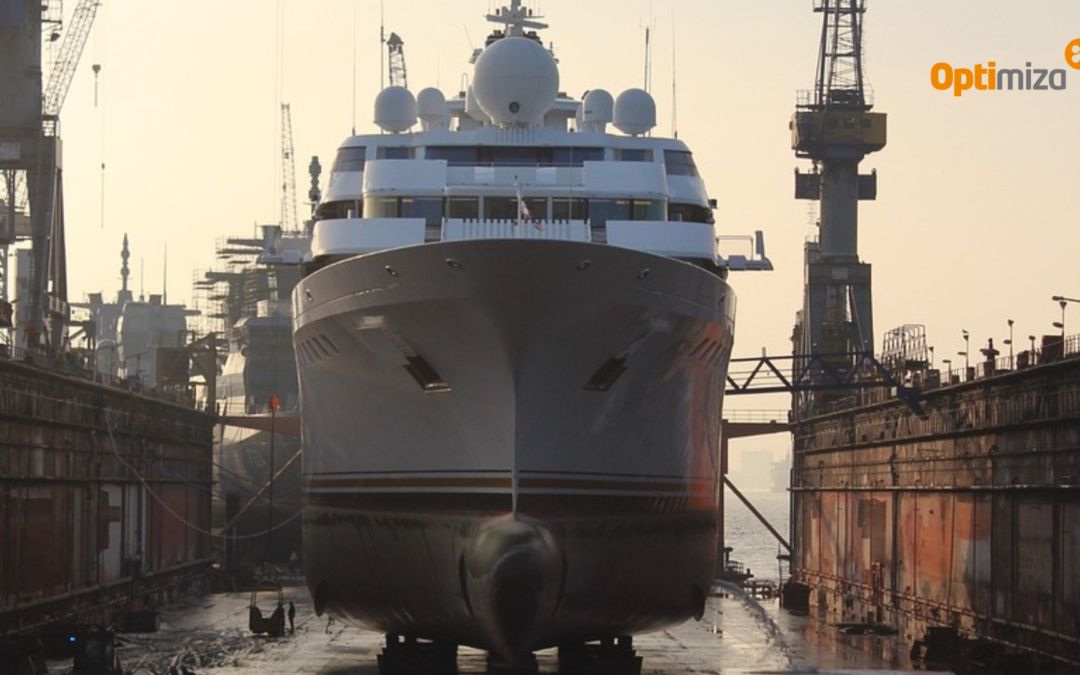In the construction of a yacht with an aluminum superstructure and a steel hull, it is crucial to consider specific technical aspects to prevent potential failures in each component, as well as in the interactions between them:
Aluminum Superstructure (non-submerged part):
– Corrosion: Corrosion in the aluminum superstructure can be accelerated by galvanic coupling with other metals present, such as stainless steel. For instance, the use of unprotected stainless steel screws can lead to galvanic corrosion in contact areas.
– Fatigue: Fatigue in the aluminum superstructure can be caused by dynamic loads during navigation, especially in areas with concentrated stresses. Poorly designed welded joints can be critical points where fatigue initiates.
Steel Hull (submerged part):
– Corrosion: Corrosion in the steel hull can be accelerated by marine microorganisms that form biofilms on the surface, promoting microbiologically influenced corrosion. Areas with sediment accumulation may be prone to corrosion under biological deposits.
– Cathodic Protection and Hydrogen Embrittlement: Cathodic protection can be a strategy to prevent corrosion of the submerged steel hull, but if not properly controlled, it can lead to issues such as uneven corrosion and hydrogen embrittlement. It is essential to monitor the cathodic protection system to avoid over-polarization and excessive hydrogen absorption, which can weaken the steel structure.
To prevent these failures and additional problems in cathodic protection and hydrogen embrittlement, it is recommended to conduct a detailed design of the cathodic protection system, control the applied current, and perform regular inspections to detect potential signs of hydrogen embrittlement. Additionally, following good welding practices, avoiding excessive residual stresses, and maintaining proper temperature control during operations that may promote hydrogen absorption in steel are fundamental.

